It’s important to allow and encourage our children to spend lots of time in the natural world. Outside free play is vital to the development of the child. Children play to learn. They engage more in play when they are outside as opposed to inside.
All I can remember about my childhood is playing outside with my brothers. I remember other details, but outside free play formed the bulk of our young lives.
Unfortunately, children, today are not getting as much time for outside play as they did in years past. A new term has been coined to describe this trend–it’s called nature deficit disorder.
What is Nature Deficit Disorder?
Nature deficit disorder is a term first introduced by Richard Louv in his book “The Last Child in the Woods.” As children continue to spend less and less time outdoors, developmental and behavioral problems continue to rise.
Research has shown that children who play outdoors regularly are happier, healthier, and stronger. Louv argued that overprotective parents and the increased use of screens are two of the primary reasons for the development of nature deficit disorder.
Louv used the term to describe the costs involved when humans lack connection with the natural world, not as a medical diagnosis. He believed the effects of nature deficit disorder on our children would become an even bigger problem in the future.
Focus on the Solution
I could share all of the problems associated with the lack of outside free play, but I’m choosing not to. Believe me when I tell you that it is a long and ugly laundry list of negative outcomes including obesity and a lack of respect for natural surroundings.
I think Mother Theresa said it best, “I will never attend an anti-war rally; if you have a peace rally, invite me.” In this simple statement, she shows us that focusing on the problem brings more of the problem while focusing on the solution will help it improve over time.
Benefits of Outside Free Play
It’s important to allow and encourage our kids to spend lots of time in the natural world. Outside free play is vital to the development of the child.
Children play to learn. They engage more in play when they are outside as opposed to inside. With a little freedom under the supervision of a caring adult, a child can receive all the benefits of outside free play.
Outside free play allows children to:
- Connect with nature.
- Burn off excess energy.
- Explore and learn about the world around them.
- Develop a healthy respect for self, others, and the natural world.
- Gain self-confidence.
- Develop leadership skills
- Develop powers of observation and assessment of risk.
- Improve concentration and focus.
- Increase attention span.
- Develop problem-solving skills.
- Use their imagination and play more creatively.
- Develop muscle strength, coordination, and a wide variety of physical skills.
- Practice fine and gross motor skills.
- Increase flexibility.
- Improve vision, reduce myopia.
- Develop stronger immune systems.
- Develop all sensory systems in the body; visual, tactile, vestibular, proprioceptive, etc.
- Reduce anxiety and improve mood.
- Develop a wide range of social-emotional skills.
- Reduce stress.
- Reduce obesity.
- Increase fitness and health.
- Produce Vitamin D in the sunlight.
Get Outside & Connect
Children can “connect” with the outdoors and nature by going on nature hunts, climbing trees, rolling down hills, playing in creeks, inventing games, building sand castles, or just digging in the mud!
If play is the most important work of early childhood, and we want our children to learn, grow and develop properly… We need to get them outside where they belong.
When kids are outside, they will usually find a number of ways to play on their own. For links to lots more fun outside activities check out Get Outside & Connect.
Learn more about Rhythms of Play HERE!

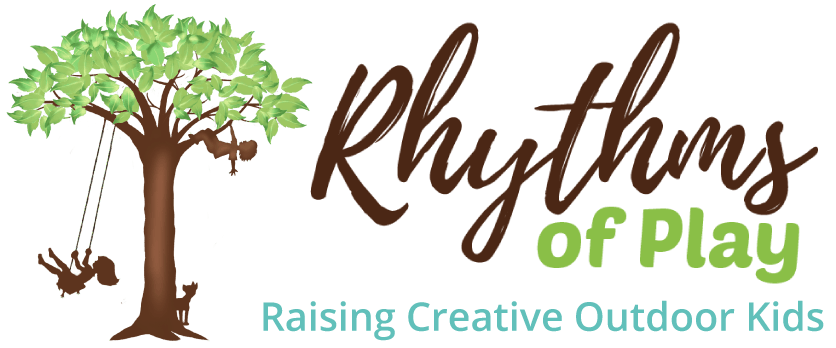
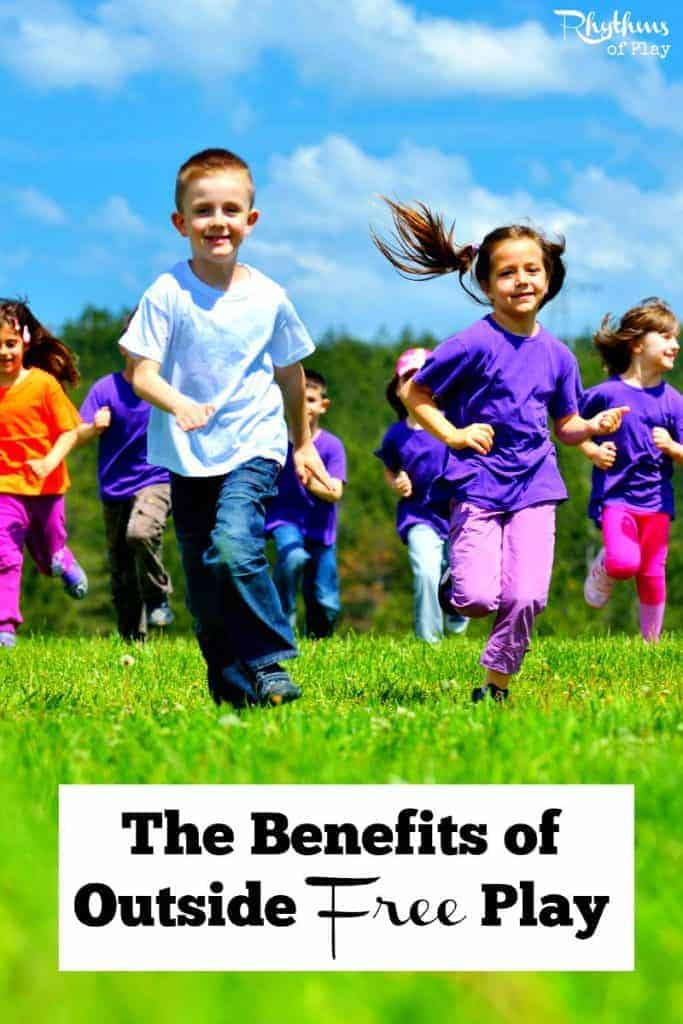
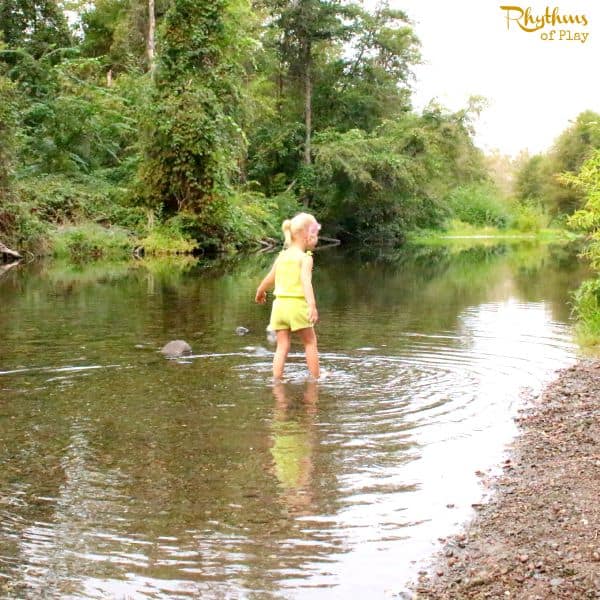


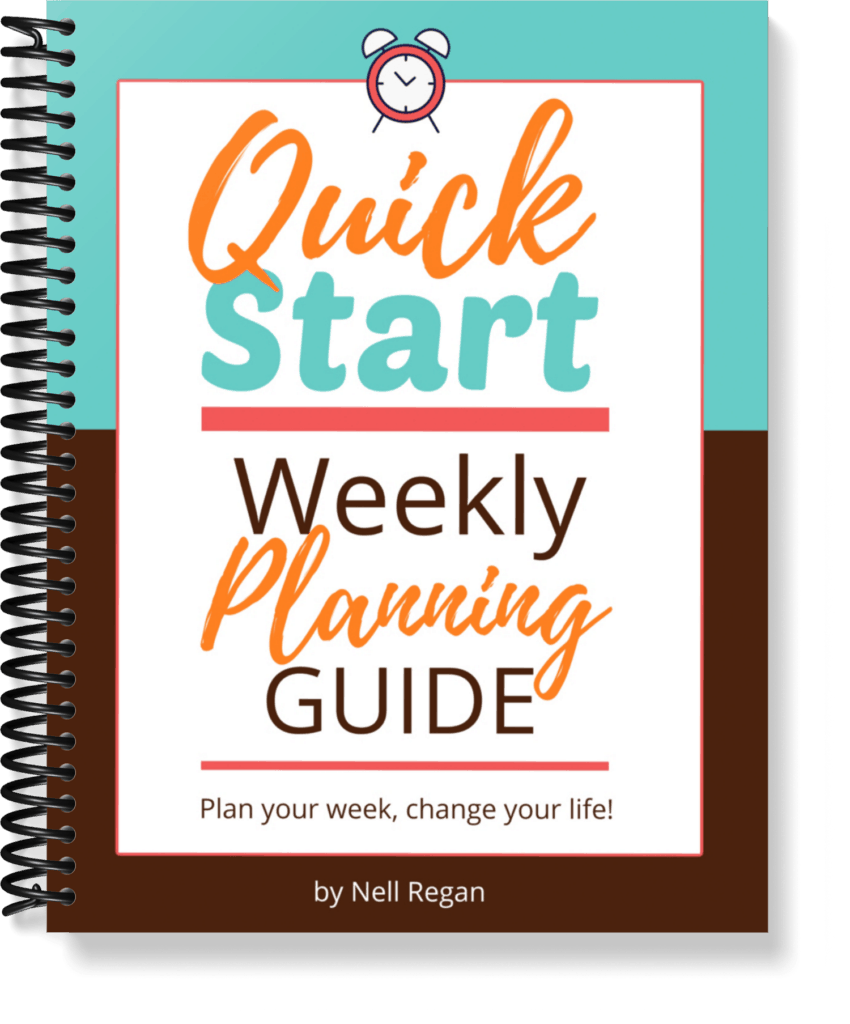

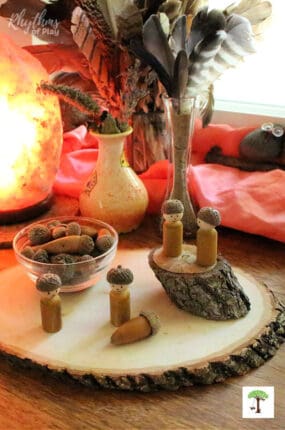
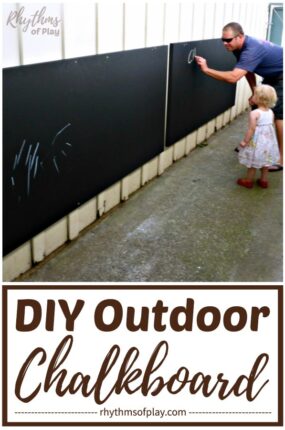
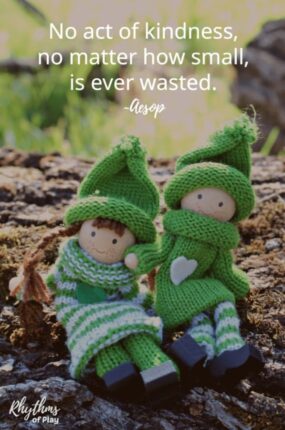
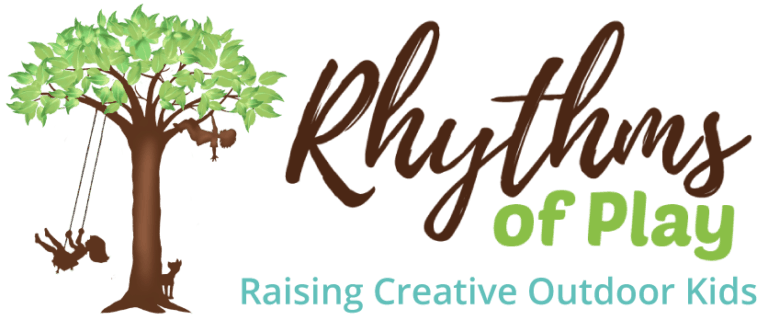
I try to make sure my kids get some outside free time every day, especially on the weekends. They love to find animals outside. We look for bugs and worms and try to find new insects. We had a bird’s nest growing underneath our deck earlier in Spring, they loved carefully checking on the babies. We also had a bunny named Gerald living in our garden this summer. It wasn’t great for my plants, but we loved watching him hop around our yard. Thanks for being part of the Play Matters blog hop!
My little girl is only 8 months old but I try to let her roam outside everyday. I hope that if I start early she’ll have a natural want to be outside all the time. That’s how I was! The only time I was inside during my childhood was meals, night time or when I was sick. Lol I hope start using a lot of your outside play ideas in the future, so glad I found your site!
Find me at: RedheadedOwl.com
I did the same with my little girl, and she loves being outside! I can remember being outside all the time as a child too. Best memories ever!